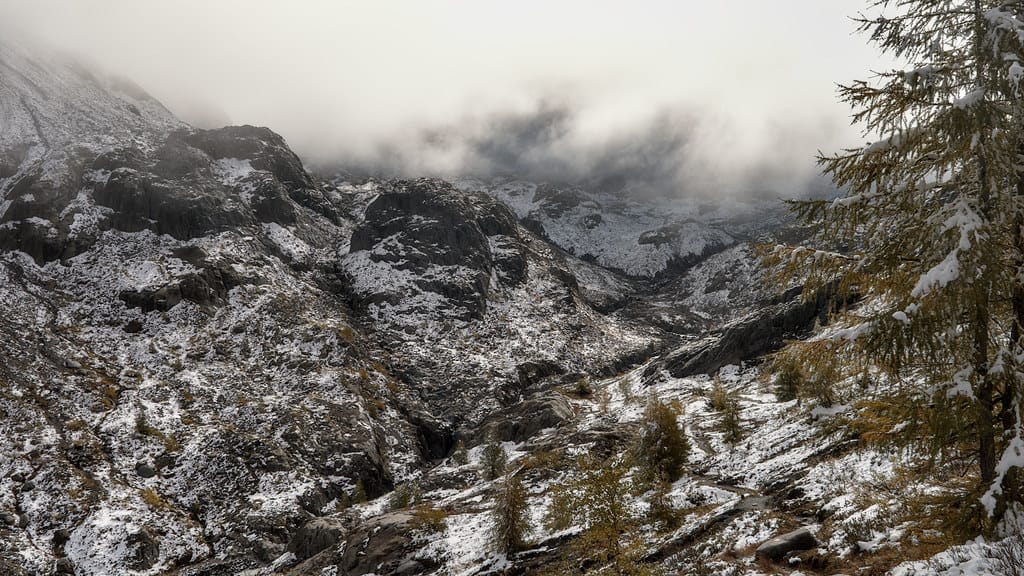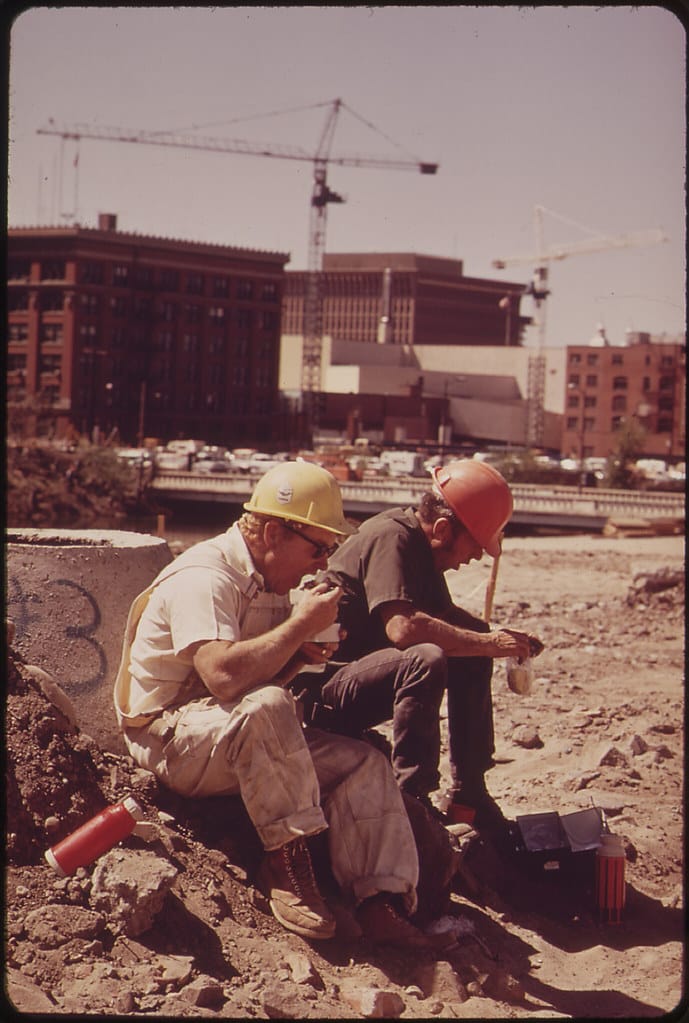Earth's Atmosphere Reaches CO2 Levels Not Seen in 3 Million Years—Here's What That Means
The air we breathe today contains more carbon dioxide than at any point in human history—and scientists say we'd have to travel back 3 million years to find comparable atmospheric conditions. This stark milestone represents more than just a number; it's a window into Earth's climatic past and a warning about our planet's future.
Recent measurements from the Mauna Loa Observatory in Hawaii show atmospheric CO2 concentrations have surpassed 420 parts per million (ppm), a level that paleoclimatologists haven't detected in ice core records spanning the last 800,000 years. To find similar concentrations, researchers must look back to the Pliocene Epoch, when early human ancestors were just beginning to walk upright and the world looked dramatically different.
The Journey to 420 PPM
The path to today's CO2 levels began with the Industrial Revolution in the mid-1800s. Pre-industrial atmospheric CO2 concentrations hovered around 280 ppm for thousands of years. However, the burning of fossil fuels, deforestation, and industrial processes have driven a relentless upward climb.
The pace of this increase has been unprecedented in Earth's recent history. What took natural processes hundreds of thousands of years to accomplish, human activities have achieved in just over a century and a half. The annual rate of CO2 increase has accelerated from about 1 ppm per year in the 1960s to over 2.4 ppm per year in recent measurements.
What Earth Looked Like at 420 PPM
When atmospheric CO2 last reached current levels during the mid-Pliocene, Earth was a vastly different place. Global temperatures were 2-3°C warmer than today, and sea levels stood 15-25 meters higher than current levels. The Arctic was largely ice-free, and forests grew where tundra exists today.
Antarctica's ice sheets were significantly smaller, and Greenland's ice sheet may not have existed at all. The Sahara Desert was smaller and greener, while much of what is now the western United States was covered by inland seas. These conditions developed over thousands of years, giving ecosystems time to adapt to the changing climate.
The Modern Difference: Speed Matters
While the absolute CO2 concentration may be similar to the Pliocene, there's a crucial difference: the rate of change. The current CO2 buildup is occurring roughly 10 times faster than during previous natural warming periods. This speed leaves little time for natural systems to adapt.
Dr. Pieter Tans, a senior scientist with NOAA's Global Monitoring Laboratory, explains that "the current rate of increase is unprecedented in the geological record." This rapid change means that while Earth's climate system is being pushed toward Pliocene-like conditions, the transition is happening so quickly that it creates instability and unpredictability.
Real-World Impacts We're Already Seeing
The effects of elevated CO2 levels aren't theoretical—they're manifesting globally:
Temperature Records: 2023 marked the hottest year on record, with global average temperatures reaching 1.48°C above pre-industrial levels.
Ice Loss: Arctic sea ice is declining at a rate of 13% per decade, while Greenland and Antarctica are losing ice mass at accelerating rates.
Sea Level Rise: Global sea levels have risen approximately 8.2 inches since 1880, with the rate of increase doubling in recent decades.
Extreme Weather: The frequency and intensity of heat waves, droughts, and severe storms continue to increase, consistent with climate model predictions.
The Path Forward
While the 420 ppm milestone is sobering, it's not a point of no return. Climate scientists emphasize that every increment of warming matters, and every action to reduce emissions can help limit future impacts.
Current international efforts aim to limit global warming to 1.5°C above pre-industrial levels, which would require achieving net-zero emissions by 2050. This means dramatically reducing fossil fuel use while simultaneously removing CO2 from the atmosphere through natural and technological solutions.
The Bottom Line
Earth's atmosphere hasn't contained this much CO2 in 3 million years, but unlike the slow natural changes of the past, today's increases result from human activities and are happening at breakneck speed. While this presents unprecedented challenges, understanding our situation clearly is the first step toward effective action.
The question isn't whether we can prevent all climate change—it's whether we can limit future warming to manageable levels and build resilience for the changes already locked in. The choices made in this decade will determine whether atmospheric CO2 continues its relentless climb or begins to stabilize at levels that allow for a livable planet.

